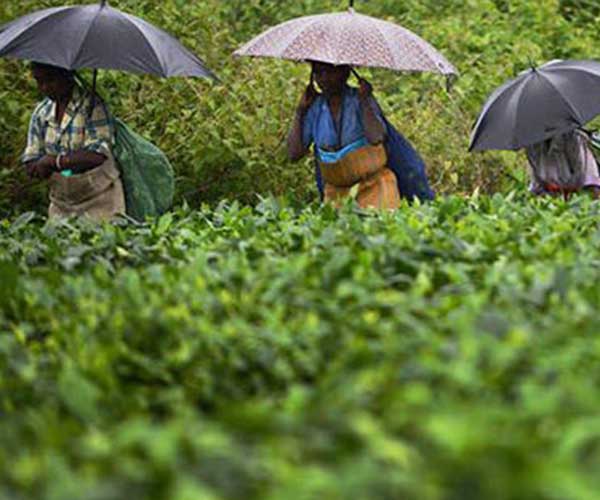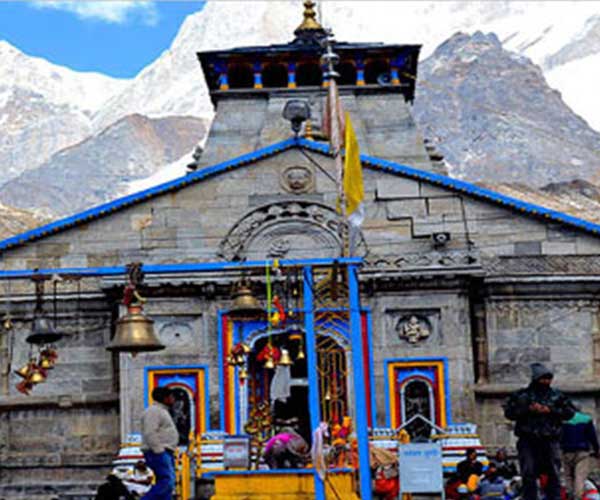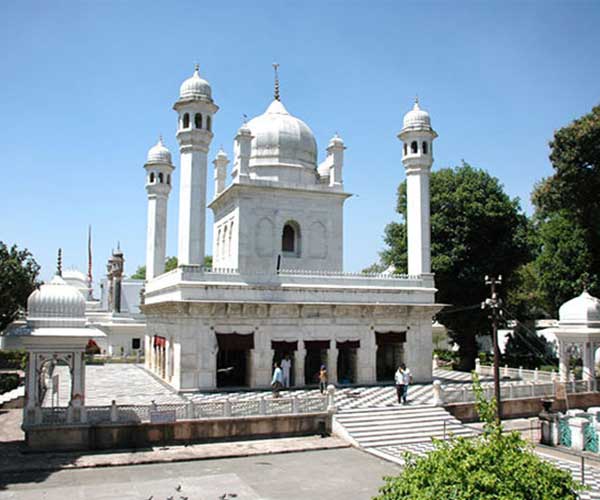
Dehradun is one of the oldest cities in India. In the Vedic times, the Garhwal Mandal, of which Dehradun is a part, was known as the Kedar Khand. Legend has it that Guru Dronacharaya, a Brahmin teacher of warfare, considered Dehradun a place fit for meditation & worship and therefore, the valley of Doon was called Drona Ashram, which means “The Abode of Drona”. Dehradun has been derived from the two words ‘Dehra’ meaning dera, griha or home and ‘Doon’ stands for a valley that lies in the midst of the Himalayas and the ‘Shivaliks’.

Grand building that is bigger than the Buckingham Palace, visit the Forest Research Institute Museum to admire its architecture if nothing else. It is located in a 5 km park and will take you back in time with its Mughal towers, red-brick colossus, Roman columns and perfect archways. The museum was where most of India’s forest officers were trained. Today, it houses exhibits of plants and their medicinal use, paintings of animals, birds and plants and 700-year-old Deodar tree cross-section. There may not be much to see inside but the imposing structure makes up for the loss.

Dehradun produces the sweetest litchis and is also a proud producer of Basmati rice that has its origin in Kesharwala, located a couple of kilometres north to Raipur. As Dun produces the finest quality rice, the variety of Basmati is grown in many places but it is still called as Dehradun Basmati. Not just this, the city also boasts of its Lush green tea gardens that sprawls up to 2,000 km of Land

The Indian Military Academy, Dehradun (also known as IMA) is the officer training Academy of the Indian Army. IMA was established in 1932.IMA is meant for training male candidates for a permanent commission into the Indian Army. The academy is located in the foothills of the Himalayas, about 8 km west of Dehradun in the northern Indian state of Uttarakhand.The campus is on National Highway 72, which separates the North and South Campus.

The city is outlined by many ancient temples among which the Tapkeshwar Cave Temple dedicated to the trinity, Lord Shiva is the most fascinating. It is the place where Guru Dronacharya indulged in a deep penance to gain higher knowledge. Another iconic shrine is the Buddha Temple located at Clement Town which is the Asia’s largest reliquary. The intricate murals of this temple were painted by 50 skillful artists in the pure gold paint, which took about 3 years to complete.

Many tourists visit Sahastradhara in summers to beat the scorching heat of the sun. The interesting fact about this place is that the sulphur spring of Sahastradhara contains medicinal properties, which can cure several skin ailments in humans. An excellent warehouse of caves and waterfalls, the region near Sahastradhara is one of the most popular tourist destinations in the state of Uttarakhand. To be precise. Bathing in this sulfur water spring feels cold, but it offers remarkable medicinal advantages.

Kedarnath Dham, located in the Rudraprayag district of Uttarakhand, is one of the most paramount locations for worshipers of Shiva. The air appears to be reverberating with the name of Lord Shiva amid the mighty snow-clad peaks, enchanting meadows and forests of the lower mountain range of Himalayas. Situated in a breathtaking location, near the source of Mandakini River and at the height of 3,584 meters, Kedarnath Dham celebrates the greatness of Lord Shiva.

Tourists who are on a spiritual tour to Dehradun should visit the Guru Ram Rai Gurudwara. Established in the 17th century, Guru Ram Rai Gurudwara is the oldest pilgrimage center for Sikh Community in Dehradun. Construction of the Gurudwara was commissioned by Ram Rai, the eldest son of the seventh Guru of Sikhs, Sri Har Raj Ji.

The Kalinga War Memorial in Dehradun was established by the British. The Anglo-Gurkha war took place between the Gurkha soldiers and the British Army in the year 1814. The Gurkhas from Nepal invaded the Garhwal region. They captured the Kalinga Fort in Nalapani but were finally defeated by British Army.

The idyllic surroundings of Dehradun make it all the more interesting as the long stretches of Sal Forests envelope the city, yielding a good productivity of resin, wax, hides, honey, and lac. This magical city also houses several canals, rivers and waterways running through its boundaries such as Ganga, Yamuna, Asan, Tons etc. The city has its own countryside where one can relax and rejuvenate. Therefore, there is a common belief that “the one who comes to Doon stays in Doon”.
Parmanu Defence © Copyright 2025.All Rights Reserved